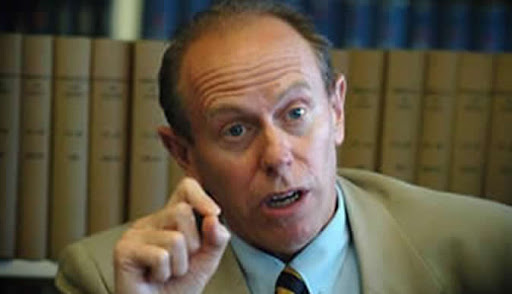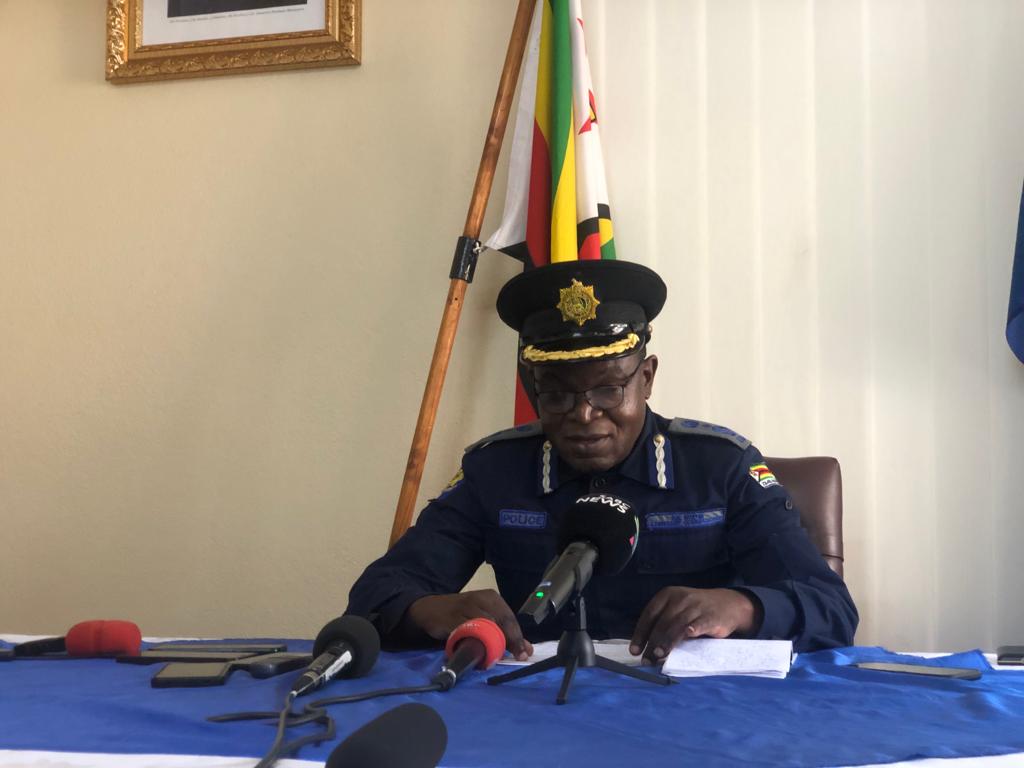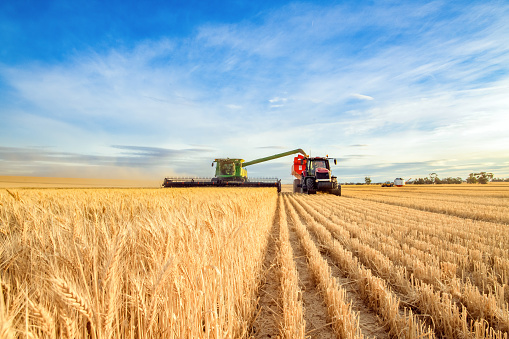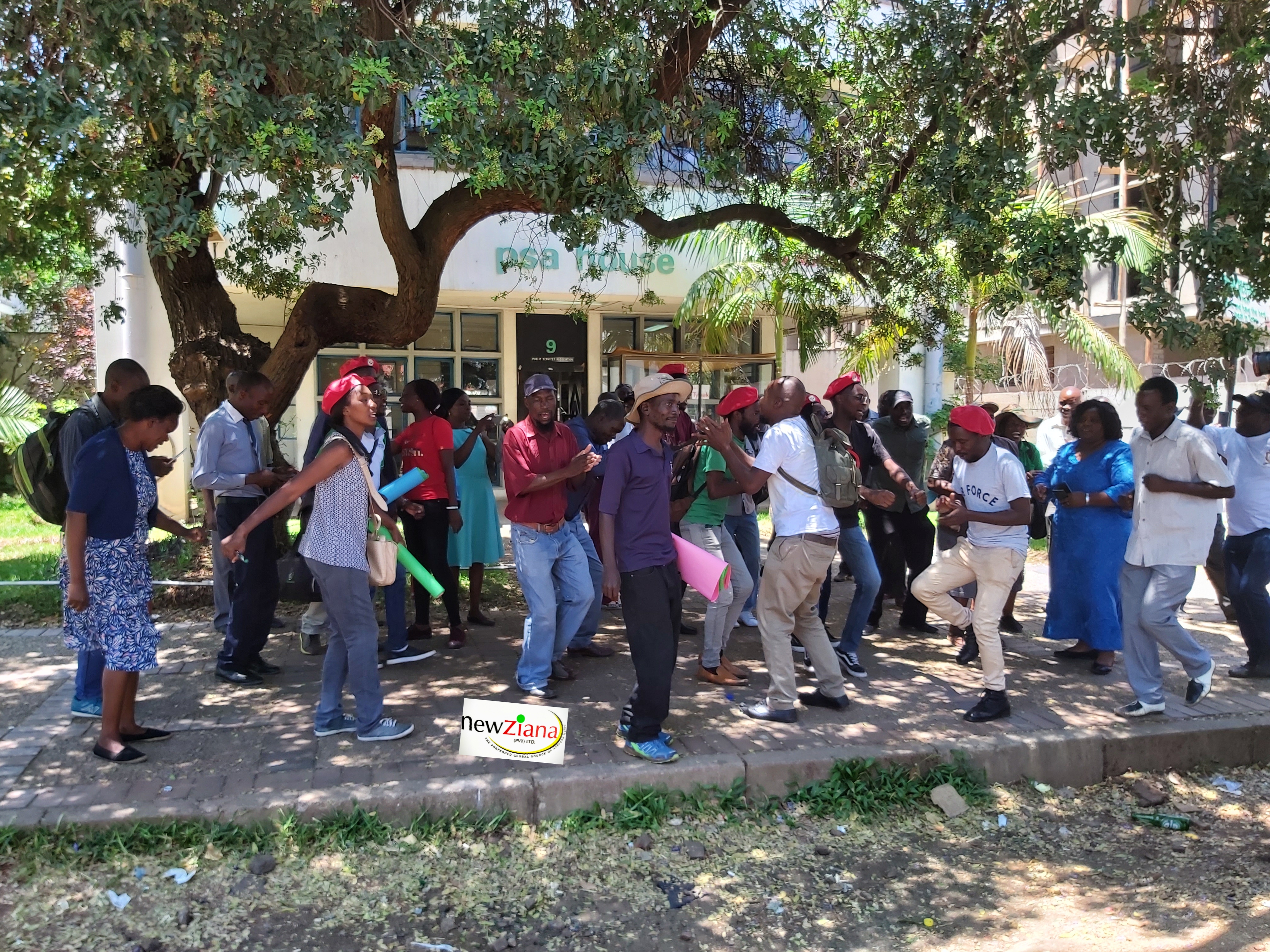Bulawayo joins Harare in war with ZINARA over allocations
Share

Bulawayo mayor David Coltart has joined his Harare counterpart Jacob Mafume in blaming the Zimbabwe National Roads Authority for the deplorable state of the road networks in the two cities.
Like Mafume, Coltart is lamenting the small amounts that ZINARA channels back to the local authority compared to what it collects in vehicle licensing fees.
For the past two years Mafume has been in a war of words with ZINARA, accusing it of “day light robbery” for channeling a paltry US$2 million back to the local authority from the staggering US$64 million that it collects from the 800 000 registered vehicles in the city.
Mafume argues that the US$2 million, which translates to three percent of the amount that the road authority collects from motorists in the capital, is a drop in the ocean of what it requires to make some meaningful road repairs.
He further bemoaned the failure by ZINARA to disburse anything to the local authority from the fuel levy that it collects, despite the bulk of the commodity being consumed in the capital.
The local authority is also not receiving a single cent from the carbon tax that ZINARA collects, which Mafume says it could use to procure equipment for measuring air pollution.
Now Coltart has joined the fray, blaming the deplorable state of the roads in Bulawayo to the measly amount that ZINARA allocates it for road construction and maintenance.
“The challenge is that the Zimbabwe National Road Administration (Zinara) is not paying the fair share of the money they are receiving from motorists in Bulawayo. The city needs US$15 million per annum just to maintain our roads,” he said.
Coltart said last year the country’s second largest city received a paltry US$800 000 from Zinara, which was paid in local currency.
“Most of the components that we need to maintain and repair roads are imported, the Asphalt, obviously the road maintenance equipment, vehicle and fuel is imported and yet we get that in RTGS from Zinara,” he lamented.
While Mafume counted the number of vehicles in the capital as a guide to his comparison with the amount that ZINARA collects in license fees, Coltart wants the road authority to provide him with the figures so that he can build his case.
“We have complained to Zinara (about) such an unacceptable situation. We have asked Zinara for details of how much money is paid to them by Bulawayo motorists but they have not yet come back to us with the information that we requested,” he said.
In the meantime, Coltart said the local authority would be directing the small amounts that it receives from ZINARA towards repairing existing roads to prevent them from deteriorating further, rather constructing new ones.
He said the rains that have recently been failing in the city and the rest of the country have worsened the situation as they have left puddles in the gullies and potholes on most roads in both high and low-density areas.
A survey by New Ziana found that most roads in suburbs such as Northend, Cowdry Park, Paddonhurst, Lobengula, Ntumbane, Magwegwe, Burnside and Khumalo were now in bad shape, with motorists opting to use longer routes where the roads are still better.
The Bulawayo City Council requires at least US$700 million to rehabilitate its 2 400 km road network which is in a deplorable state due to decades of neglect.
New Ziana








